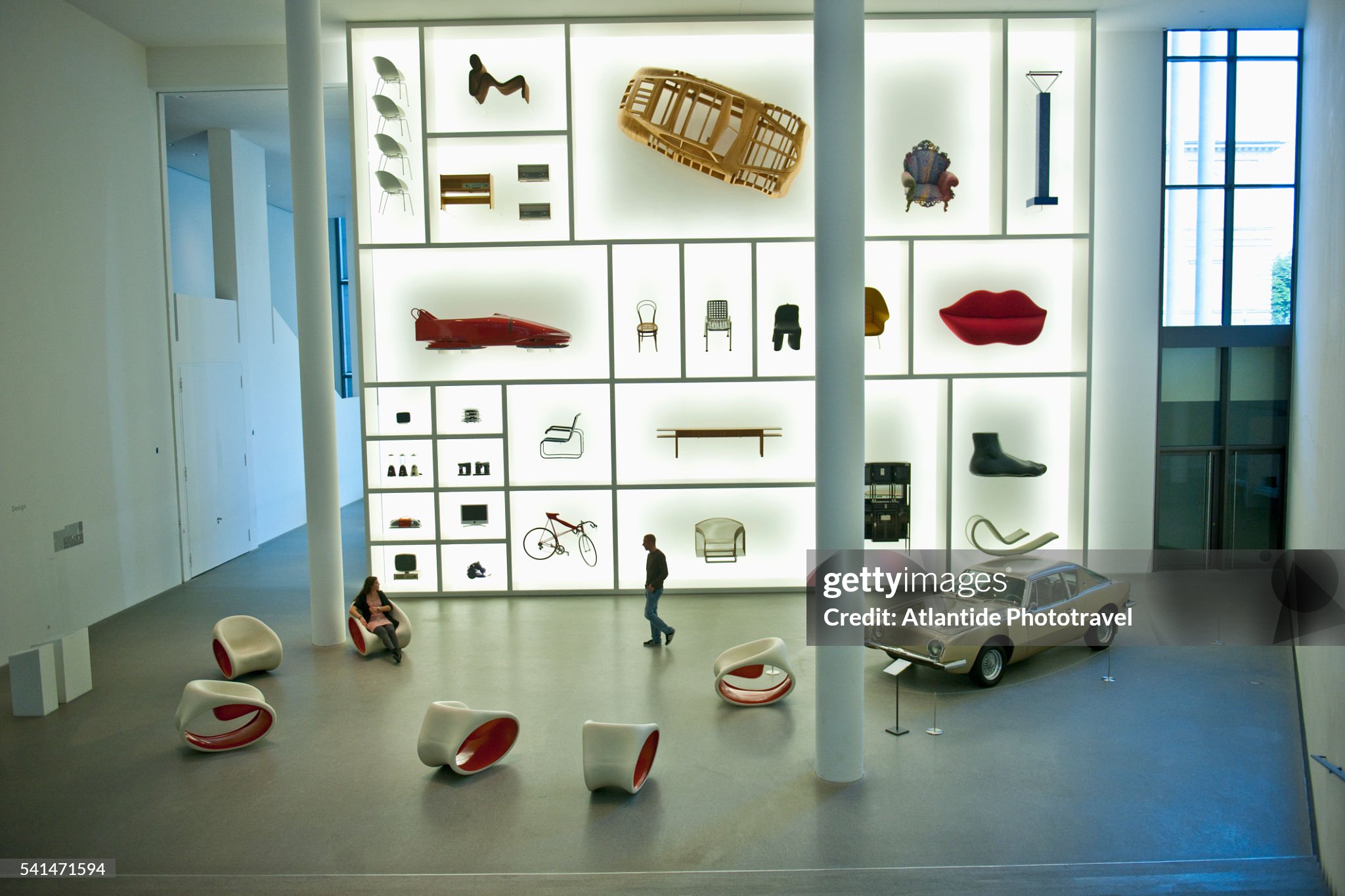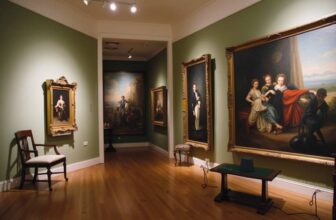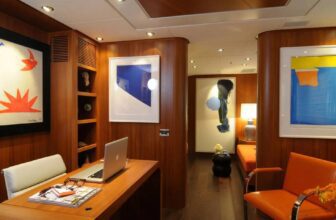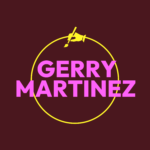
Unprecedented Art Scandal : Employee Secretly Hangs His Own Art in German Museum, The Pinakothek der Moderne
In a stunning revelation that has sent shockwaves through the art world, it has come to light that an employee clandestinely hung his own artwork within the esteemed Pinakothek der Moderne museum in Germany. The incident has ignited a firestorm of controversy, raising profound questions about museum security, artistic integrity, and ethical boundaries. As investigations unfold, the art community grapples with the ramifications of this unprecedented breach of trust. This article provides an in-depth exploration of the clandestine art installation at The Pinakothek der Moderne and its far-reaching implications.
The Clandestine Art Installation Unveiled
The clandestine art installation, orchestrated by an undisclosed employee at The Pinakothek der Moderne, has stunned museum officials and patrons alike. It was during a routine inspection that the unauthorized artwork, discreetly placed among the museum’s esteemed collection, was discovered. The revelation has left the art community reeling, prompting urgent inquiries into the security protocols and internal oversight mechanisms at one of Germany’s most prestigious cultural institutions.
A Brazen Act of Self-Promotion or Artistic Statement?
As the dust settles on the shocking revelation, questions abound regarding the motivations behind the clandestine art installation. Was it an audacious act of self-promotion by the employee, seeking to elevate his own artistic profile at the expense of institutional integrity? Or was it a provocative artistic statement, challenging the conventions of museum curation and questioning the authority of institutional gatekeepers? The answers remain elusive, shrouded in the secrecy of the clandestine installation and the enigmatic intentions of its perpetrator.
Challenges to Institutional Oversight and Security
The clandestine art installation at The Pinakothek der Moderne has exposed vulnerabilities in the museum’s security apparatus and internal oversight mechanisms. Despite stringent protocols and surveillance measures, the unauthorized artwork managed to evade detection for an extended period, casting doubt on the efficacy of existing safeguards. The incident underscores the need for enhanced vigilance, accountability, and transparency within cultural institutions, where the stewardship of priceless artifacts and cultural treasures is entrusted to the care of museum staff.
Reverberations Across the Art World
The reverberations of the clandestine art installation have extended far beyond the walls of The Pinakothek der Moderne, resonating throughout the global art community. The incident has sparked soul-searching and introspection among museum administrators, curators, and artists, prompting urgent conversations about the responsibilities and ethical obligations inherent in the stewardship of cultural heritage. It has also raised broader questions about the nature of artistic expression, institutional authority, and the boundaries between the public and the private domain.
Calls for Accountability and Reform
In the aftermath of the clandestine art installation, there have been growing calls for accountability and reform within the art world to address systemic shortcomings and vulnerabilities. Institutions are being urged to conduct thorough reviews of their security protocols and internal controls, with a view to strengthening oversight and enhancing transparency. Artists are being reminded of their ethical responsibilities to uphold the integrity of their work and to respect the institutions that exhibit it. And the public is demanding greater transparency and accountability from cultural institutions, whose mission is to safeguard our collective cultural heritage.
As investigations into the clandestine art installation at The Pinakothek der Moderne continue, the art world finds itself grappling with profound questions about museum security, artistic integrity, and ethical conduct. The incident serves as a sobering reminder of the challenges inherent in the stewardship of cultural heritage and the complexities of navigating the boundaries between artistic expression and institutional authority. As the art community reflects on the implications of this unprecedented breach of trust, it is confronted with the urgent task of fortifying its defenses against future incursions and upholding the values of transparency, integrity, and trust that lie at the heart of its mission.




